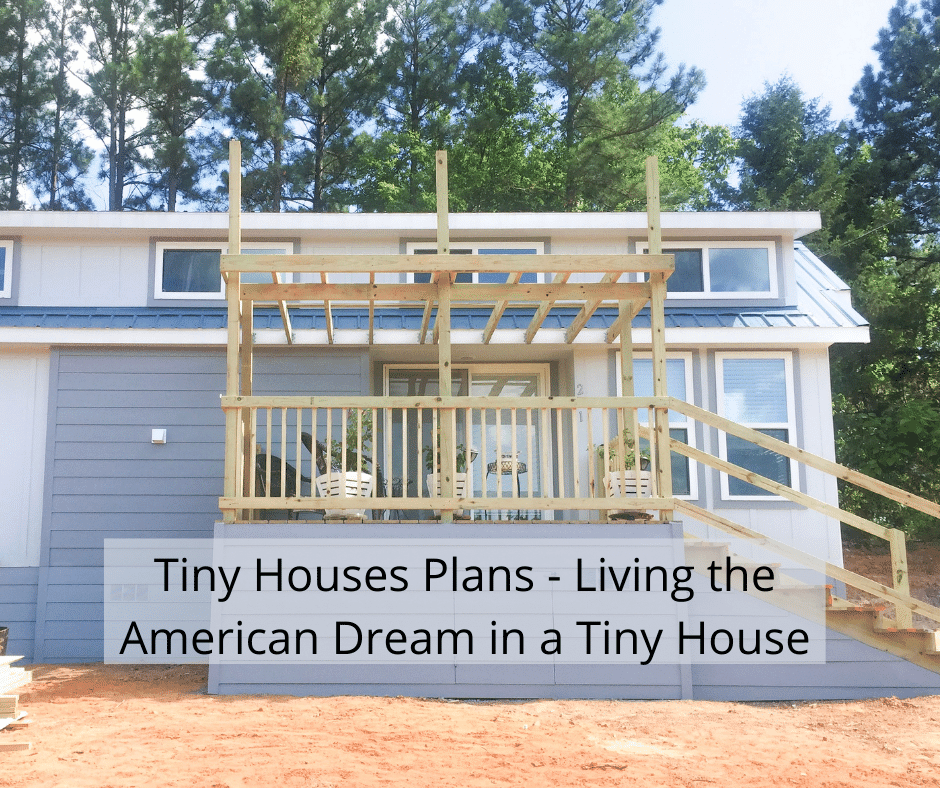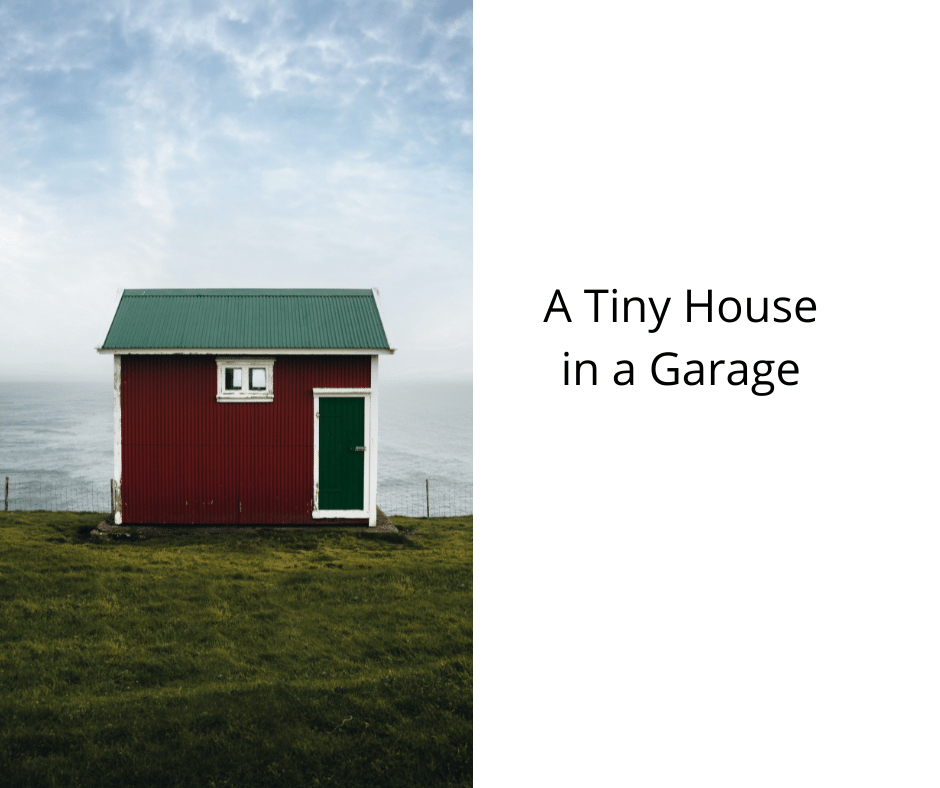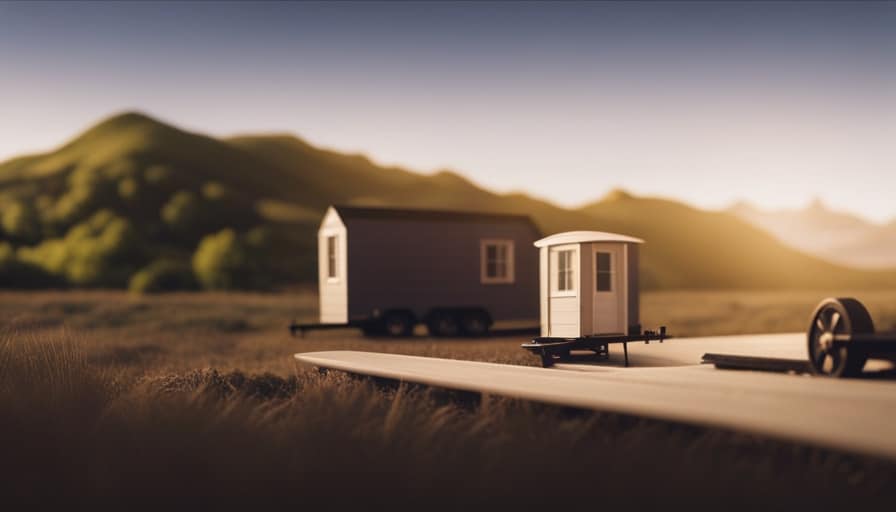You can make the American dream a reality at a much lower cost by building your own tiny home. You won’t need to spend a lot on a mortgage or real estate taxes, as the design of the tiny home is a roomy 20-foot square layout with a snug space for a queen-sized bed. These homes are perfect for those looking to escape the chaos of city life and the noise of highways. Living in a tiny home may even mean you won’t have to pay any property taxes.
Open Concept Kitchen
If you want a plan with a spacious kitchen, you’ll love the Family Home Plans. This plan features an open concept kitchen and living area with a small mudroom and exterior staircase to the second floor. Its layout also features a large kitchen island, a breakfast bar, and an extra counter space. The home also features a bathroom with dual sinks and a roll-in shower.
The open concept kitchen design features a streamlined design, clean lines, and wooden accents. In this design, the wall space is used to create more counter space, and the white color contrasts with the natural wood walls. Other kitchen features include an island with storage and an open shelf. This kitchen is a great place to cook meals in and enjoy the view of the surrounding landscape. The Kitchen island adds a unique look, while the backsplash creates a calming environment.
An open-concept kitchen can also be found in apartment designs. The kitchen can be part of an open concept design, or it can be separate. The island itself can create a particular area or be built in. It can also provide additional counter space and storage. A few different designs can make the open concept kitchen you’ve been dreaming of. You can also combine the kitchen with an adjoining living area if you wish.
Separate Bathroom
If you are interested in living in a tiny house with a bathroom, you will have to take a little extra time designing the space. You must consider your available space, plumbing, lighting, and electrical needs. Though you might not have much time to do this, it will pay dividends for many years. You can design your bathroom in a way that allows you to maximize the space and still enjoy a luxurious bathroom experience.
One of the advantages of living in a small home is that it allows your family to bond. However, sharing a bathroom can be a major source of stress for your family. Fortunately, several different kinds of tiny house plans offer you two bathrooms. This way, your family will have a private bathroom and not have to share the bathroom with anyone else. Once you have your tiny house plans drawn out, you can buy the fixtures and accessories needed for the bathroom.
A washing machine in your tiny house plans is a great space-saving option. It eliminates the need for a large laundry basket and consolidates your plumbing, reducing costs and increasing convenience. Many tiny homes include a walk-in shower, which opens up the room and makes it feel bigger. Using the space efficiently can also save money on building materials. So, don’t wait too long! Get your tiny house plans today!
480 Square Feet House Plan
Using a 480 square feet tiny house plan means you have less space than you think. This type of tiny house plan is usually for a one-story house with one bathroom and bedroom. These tiny houses are perfect for people who do not want to get tied down to a specific location or want to move around a lot. They are small enough to be built on a trailer and can be very functional for a small family.
One of the most efficient tiny house plans is 480 square feet. This plan features windows on every wall, letting in plenty of natural light. This plan also features a boathouse-inspired design with a metal roof, exposed rafter tails, and wood siding. This tiny house can easily accommodate a couple with one child or a family of four. It can be turned into a bunkhouse for extra guests. However, if you’re not planning to live there, getting a tiny house plan with a bigger footprint is still possible.
This tiny house is an excellent choice for those who want to live in a beautiful setting but who don’t want to sacrifice on luxury. Its rustic design makes it an excellent choice for a mountain or lakeside setting. It also has a screened porch and a wood stove for a cozy cozy atmosphere. You can choose a type of exterior finish that fits your preference and budget.
Large Outdoor Dining Area
Many of the small home plans include an outdoor dining area. You can design it to extend the style of your indoor dining area. To create a retreat-like atmosphere, you can place an outdoor dining table in an exotic location. Incorporate tropical plants and trees in your outdoor space for a touch of tropical charm. You can choose a table in a round, rectangular, or square shape, but no matter which you choose, make sure it’s comfortable and has seating for a group of people.
You can incorporate an outdoor dining area into any small house plan if you have adequate space. If your outdoor space is small, you can choose to place a table and chairs in a corner. You can select a modern balcony if you don’t have enough room for a formal dining area. Moreover, you can also include a fireplace to warm up the space on chilly winter nights. However, it’s essential to consider the rest of your outdoor landscape and how it will interact with other elements.
Built-In Bed Beneath the Lifted Kitchen Floor
If you’re interested in living in a tiny house, there are several options for your bedroom. One option is a day bed, which can be purchased with a mattress. However, this option requires a separate room. If you don’t need a day bed, you can opt for a more traditional bed with a platform on which to sit. A built-in platform can raise the level of the bedroom floor and provide plenty of storage space. You can also put kayaks on this platform, which will give you a place to keep them.
Another option is a modular bedroom. You can choose to install a wall bed, sofa bed, or even a bed in a drawer. This option is not for everyone, though. You can also install drawers under the floor, sofa, or bed. This way, you can have a closet in the middle of the room without sacrificing space. In addition to drawers under the floor, you can also place a built-in shelf above the bed.
A roll-out bed stored beneath the lifted kitchen floor of tiny houses is an excellent option for people who have limited mobility or do not want to climb to their bed. Most models of tiny houses have a platform that lifts the kitchen floor to allow the bed to be pulled out. It is stored in a giant storage box on rollers and can be quickly and easily rolled back into the kitchen.
Two-Story Tiny House with Root Cellar
A two-story tiny house has a basement underneath and is perfect for cold climates. A two-story house is economical for cold temperatures and has 460 square feet of finished space. It is also ideal for a small mobile business or a single person. It includes basic amenities such as a kitchen, bathroom, and a loft for sleeping. This house plan includes solar panels and can run on solar power.
This tiny home has three rooms and a full kitchen. It is ideal for people who travel a lot for work. It is only 908 square feet and is large enough to accommodate a couple or a family. The basement is a unique feature, providing extra storage space for your clothes, shoes, and other items. The root cellar in the basement serves as an extra storage space. There are many options when it comes to building a tiny house.
The walls of your root cellar should be constructed of two by fours. Make sure you have a door to access the room from the outside. The walls should also be insulated with rigid foam or fiberglass batts. The bottom of the basement should have a gap of one inch to a quarter inch between the walls and the floor. You can also install stairs if you want to add them. The root cellar is an excellent addition to a tiny house, and can be built on a weekend.
I’m Theodore, and I love tiny houses. In fact, I’m the author of Tiny House 43, a book about tiny houses that are also tree houses. I think they’re magical places where imaginations can run wild and adventures are just waiting to happen.
While tree houses are often associated with childhood, they can be the perfect adult retreat. They offer a cozy space to relax and unwind, surrounded by nature. And since they’re typically built on stilts or raised platforms, they offer stunning views that traditional homes simply can’t match.
If you’re looking for a unique and romantic getaway, a tree house tiny house might just be the perfect option.










